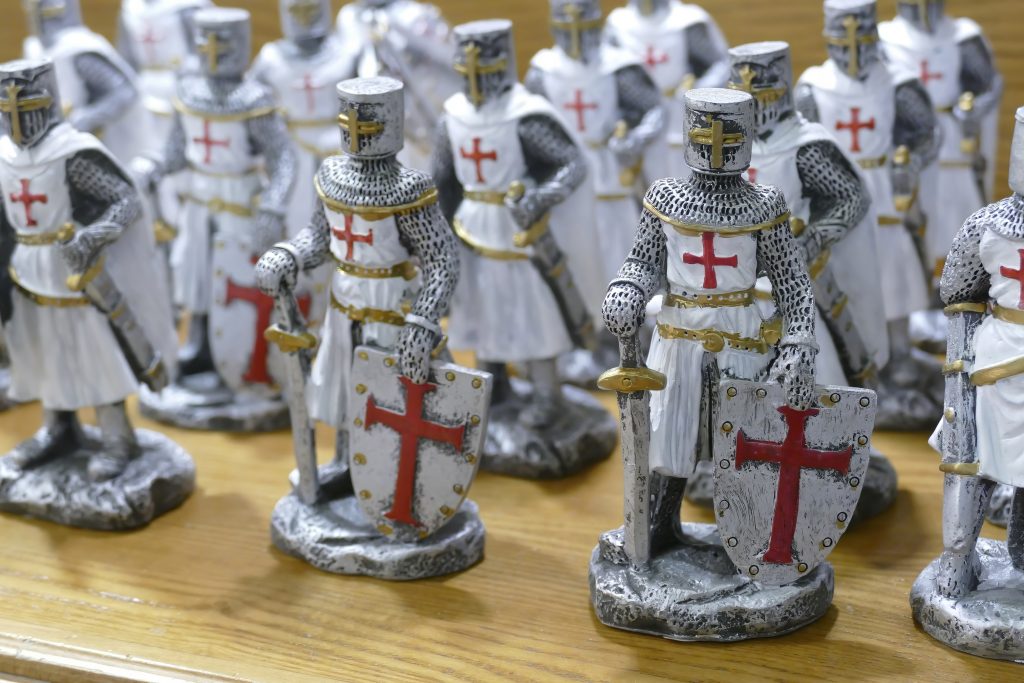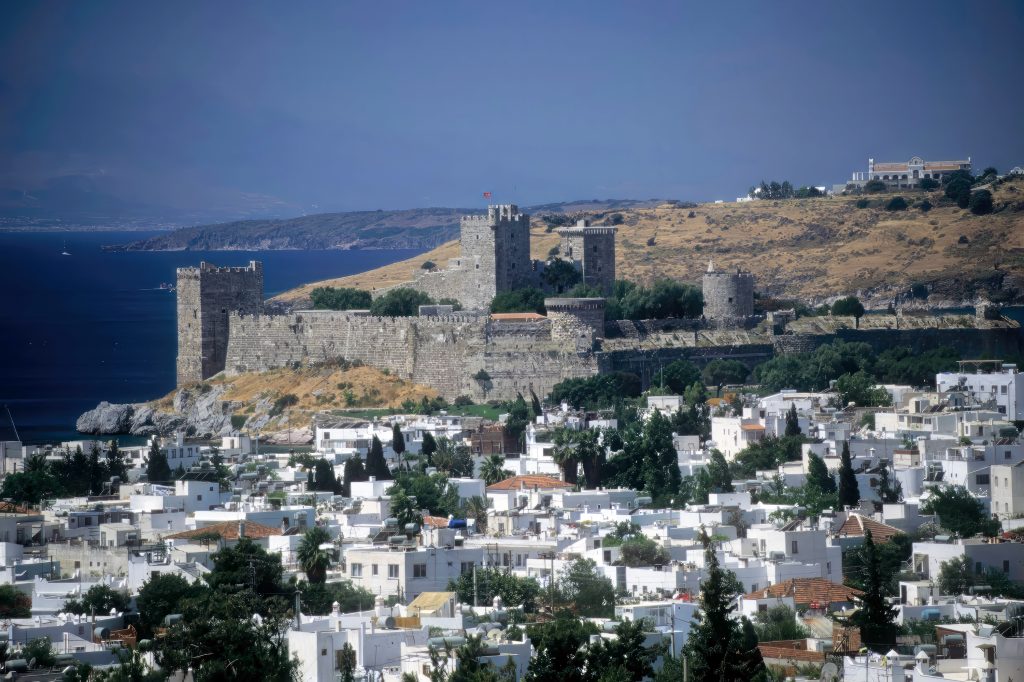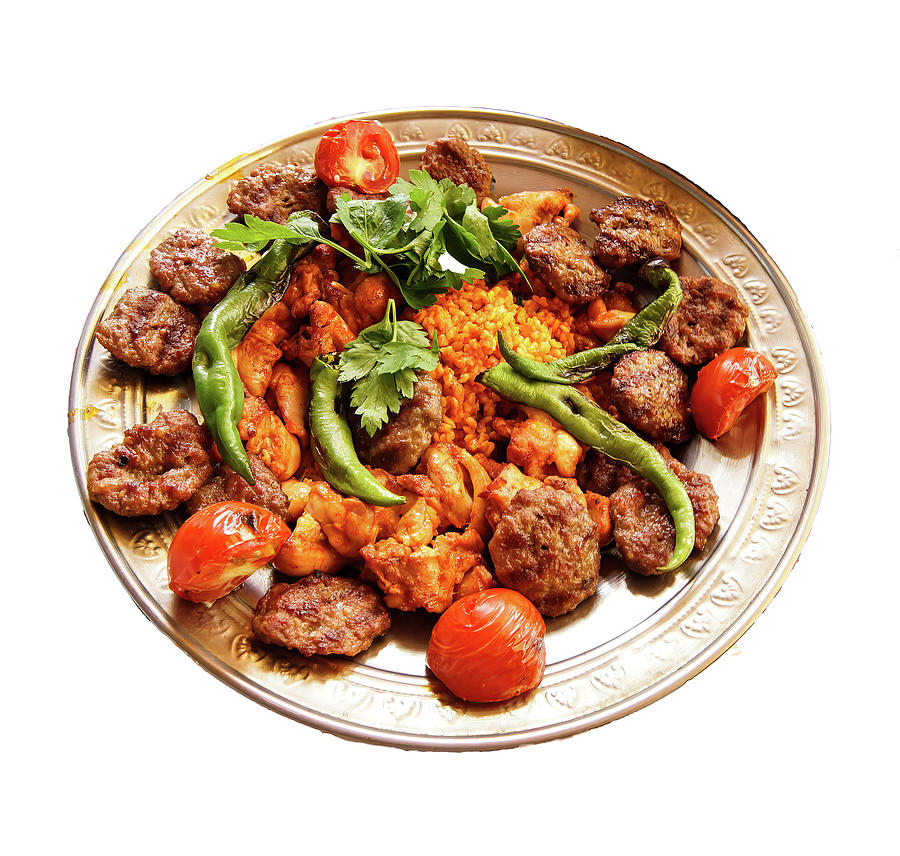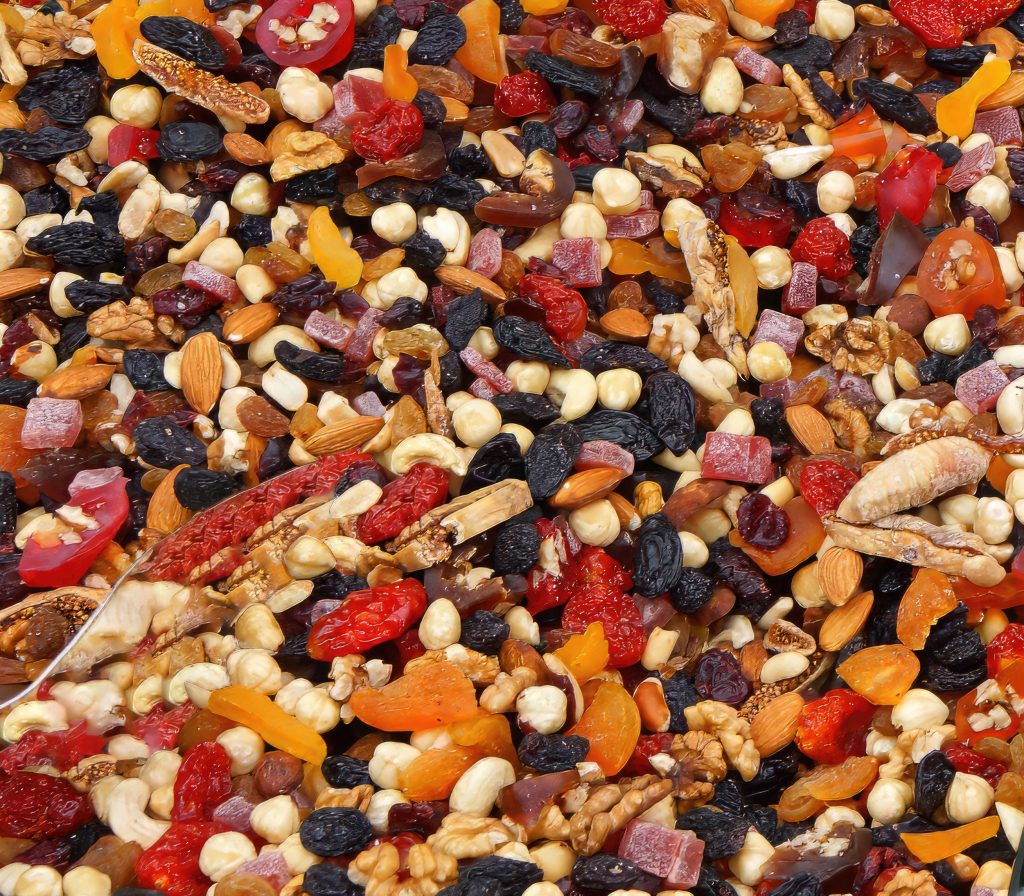Bodrum is located on the southwestern coast of Turkey, known for its rich history and picturesque setting. Here’s an overview of the history of Bodrum:
Ancient Halicarnassus:
Bodrum was originally known as Halicarnassus in ancient times. It was founded by the Dorians in the 11th century BCE and became an important city in the region.
One of the most famous landmarks of ancient Halicarnassus was the Mausoleum of Mausolus, a massive tomb built for Mausolus, a local ruler. This monument was considered one of the Seven Wonders of the Ancient World. The Mausoleum, considered one of the Seven Ancient Wonders of the World, retained its grandeur for nearly 1,800 years until earthquakes in the 15th century destroyed part of the structure. Eventually, nearly all of the stone was taken away to be used in nearby building projects, particularly for a Crusader castle.
Today, in modern Bodrum, only some of the foundations exist, along with decorative sculptures that found their way to the British Museum.
Halicarnassus was ruled by various powers over the centuries, including Persians, Greeks, and Egyptians.
Knights of St. John (Crusader Knights):

In the 15th century, Halicarnassus, like Rhodes, came under the control of the Knights Hospitaller, also known as the Knights of St. John. They fortified the city and left their mark on its architecture.
The Knights of St. John built the Bodrum Castle, also known as the Castle of St. Peter, using the remains of the Mausoleum of Mausolus. The castle is a significant historical site and now houses the Bodrum Museum of Underwater Archaeology.
The Knights of St. John built the Bodrum Castle, also known as the Castle of St. Peter, using the remains of the Mausoleum of Mausolus.

The castle is a significant historical site and now houses the Bodrum Museum of Underwater Archaeology.
Ottoman and Modern Eras:
Halicarnassus came under Ottoman rule in the 16th century after the decline of the Knights of St. John.
In the early 20th century, following World War I and the collapse of the Ottoman Empire, the region saw changes with the establishment of the Republic of Turkey. The town was officially renamed Bodrum in the 20th century, and it began to attract artists, writers, and intellectuals, establishing a reputation as a bohemian and cultural center
From our journals:
We’d been in Rhodes and entered Turkey by way of Marmaris. Whisked into our minivan we took off north. Stopped in the mountains above Marmaris for superb views of the coast, and a tea break with gozleme, made by a woman in a nomadic black tent. Continued on, past tobacco fields, recently picked, with just stalks and a few ragged leaves and top sprouts remaining. Later, cotton fields just getting ready for harvest. Lots of pine trees, then olive and citrus groves. Honey sellers set up their stands all along the road, with an amazing variety of colors in their offerings.
Got into Bodrum about 1:30, to Camca Marzana Hotel, a nice, small hotel (“60 rooms, 25 apart, 10 suit rooms, 1 King suit”), with several pools, spread across several layers, dropping down a steep hill overlooking Bodrum harbor. Great views directly out to the castle. Sign in bathroom, in 4 languages, which addresses the French as “Cher’s clients”
After a brief rest, we walked into town, had oltu kebab for lunch (doner kebabs cooked on a horizontal spit over a wood fire (‘the old way’). Then walked along the harbor and up to the castle. Castle of St. Peter was captured by Suleiman in 1523, holding out for a year longer than the castle we just visited on Rhodes did. Good tour of the castle, on a bright sunny, hot day. Several improvements since last time we wre in Bodrum, though some parts a bit more run down, closed for repair, etc. Excellent visit to the Museum of Underwater Archaeology (which assured us at the entrance “but we are not underwater”)
The English Tower now sports a bar and long dining table and serves an excellent grape juice. (750K lira) Finished tour just as the azan (call to prayer) rang out a little before 5 pm, then wandered separately back thru the shops


Back in time for a swim and watched the sunset from poolside. Good supper down by the pool -variety of mezes, and “hungar gulas” as main course. Beautiful views of the castle, lit up at night.
More cooking, recipes & food
Download royalty-free images of Turkey
Order prints, greeting cards, clothing, and other merchandise
Turkey Travel blog